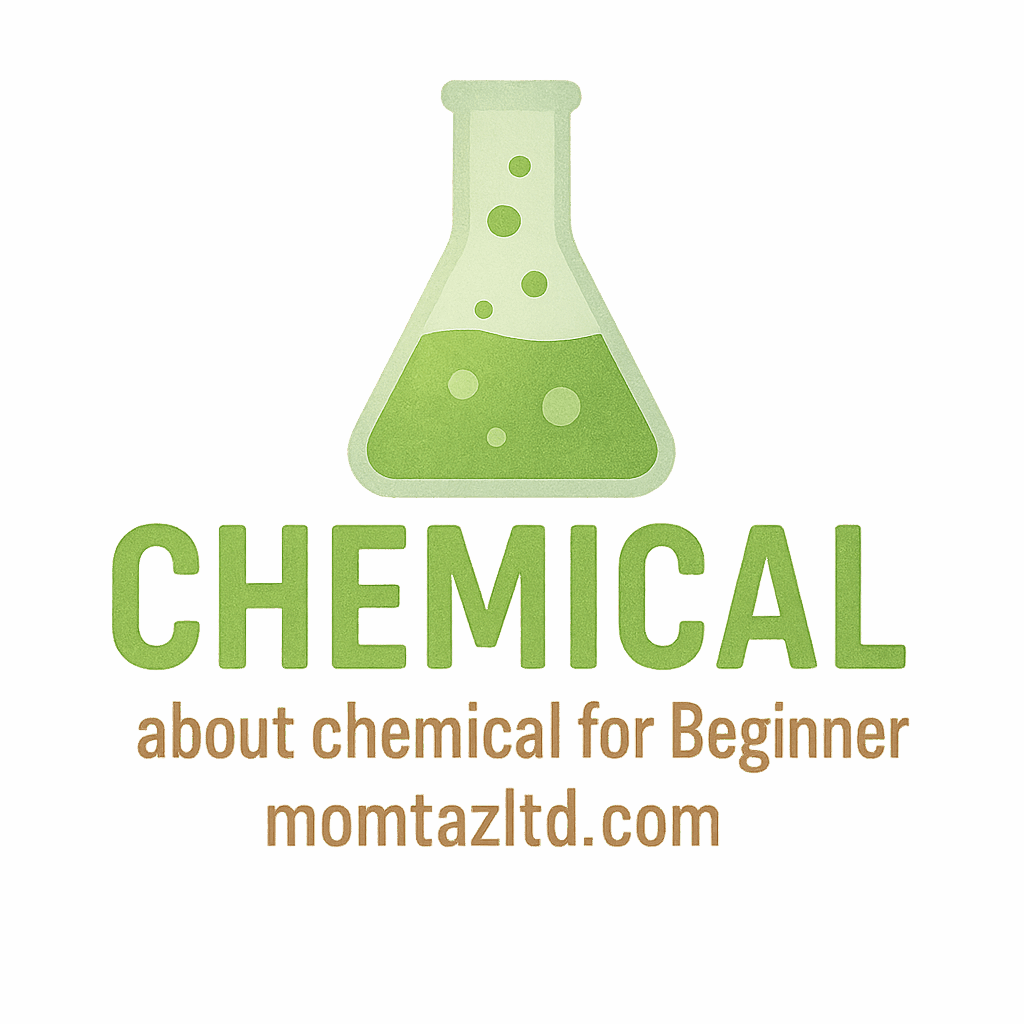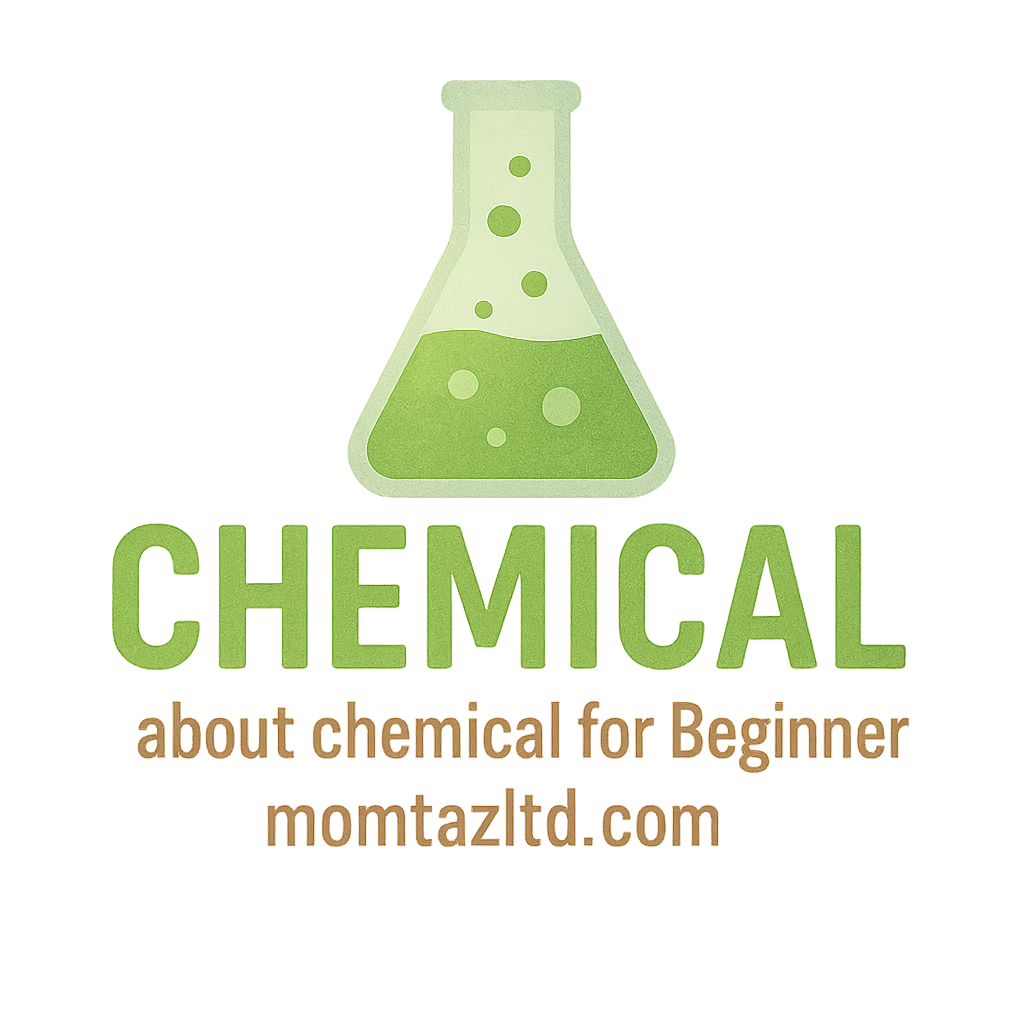Introduction
Working in a laboratory means dealing with chemicals that can be hazardous if mishandled. The first line of defense in ensuring safe chemical use is understanding and properly reading the chemical labels. Whether you’re a seasoned lab technician or a beginner, being able to quickly interpret these labels is essential. Knowing what each section on the label means can prevent accidents and ensure you follow the correct safety protocols.
In this article, we’ll dive into eight practical tips that will help you read chemical labels with confidence, making sure you are prepared to handle any chemicals safely in the laboratory environment.
Why Understanding Chemical Labels is Crucial
Chemical labels contain a wealth of information, including hazard warnings, handling instructions, and emergency response details. Without understanding the labels, you could expose yourself to harmful chemicals or mishandle materials, leading to serious injuries or accidents. Always pay attention to the information provided, as it’s designed to keep you safe. If you’re looking for more information on the fundamentals of chemistry and chemical safety, visit Momtaz Ltd’s Chemical Safety Resources.
Tip 1: Always Check the Chemical Name
H3: What to Look For
The first piece of information you will encounter on any chemical label is the chemical name. This is usually followed by its chemical formula or IUPAC name. It’s important to note that chemicals can have multiple names depending on the context. Knowing the exact name of the chemical you’re working with helps ensure that you’re handling the correct substance.
For more detailed guidance on chemical terminology, check out Momtaz Ltd’s Chemical Terms Guide.
H3: Different Types of Chemical Names
- IUPAC Name (International Union of Pure and Applied Chemistry): The official, systematic name for a chemical.
- Common Name: The name used in everyday language, such as “acetone” instead of its chemical name, “propanone.”
- Trade Name: A branded name used by manufacturers to market the chemical.
Understanding these different names will help you identify chemicals more easily, ensuring you’re never in doubt about what you’re handling.
Tip 2: Understand the Hazard Symbols
H3: Common Hazard Symbols and Their Meanings
On every chemical label, you’ll find hazard symbols that alert you to the potential risks associated with the substance. These symbols are standardized and are often regulated under the Globally Harmonized System (GHS). Some common hazard symbols include:
- Flame: Indicates the chemical is flammable.
- Skull and Crossbones: Signals toxicity or fatal exposure.
- Corrosion: Warns of potential harm to skin and eyes.
Understanding these symbols helps you assess the level of danger the chemical presents and take appropriate safety measures. For more on the types of chemicals and their hazards, visit Momtaz Ltd’s Household Chemicals Section.
H3: How to Interpret Hazard Symbols Correctly
Each hazard symbol not only tells you about the chemical’s danger but also indicates what precautions should be taken. For instance, a flame symbol means that the substance should be kept away from open flames, while a corrosion symbol requires the use of appropriate protective gear to prevent skin or eye contact.
Tip 3: Look for the Safety Instructions
H3: Where to Find Safety Instructions
Chemical labels are designed to include safety instructions, which help guide proper handling and emergency response. These instructions are typically located under or near the hazard symbols. It’s crucial to read them every time you work with a chemical.
H3: What Safety Information Should You Focus On
Key safety information includes:
- Precautionary Statements: These inform you of specific actions to avoid, like exposure to sunlight or water.
- Emergency Procedures: This section tells you how to act in case of exposure, whether through skin contact, inhalation, or ingestion.
If you’re looking for additional safety protocols, check out Momtaz Ltd’s Chemical Safety Tips.

Tip 4: Know the Signal Words
H3: Difference Between ‘Warning’ and ‘Danger’
The label will include a signal word—either “Danger” or “Warning.” These words are used to denote the level of hazard associated with the chemical. “Danger” refers to chemicals that present severe hazards, while “Warning” is used for less severe hazards.
This distinction is critical for understanding how cautious you should be when handling a chemical. To learn more about how to stay safe in a laboratory, visit Momtaz Ltd’s Industrial Chemicals.
Tip 5: Pay Attention to the Risk Phrases
H3: What Are Risk Phrases?
Risk phrases provide detailed descriptions of the specific risks involved with a chemical. These phrases can include warnings about toxicity, flammability, or irritability. Some examples of risk phrases include:
- R22: Harmful if swallowed.
- R36/37/38: Irritating to eyes, respiratory system, and skin.
Risk phrases are crucial for determining which safety measures to take when handling the chemical. You can explore more on Momtaz Ltd’s Laboratory Chemicals.
H3: How to Use Risk Phrases Effectively
Understanding risk phrases allows you to assess the potential hazards of the chemical and determine the necessary precautions, such as wearing gloves or using a fume hood. Take note of each risk phrase and adjust your actions accordingly.
Tip 6: Review the First Aid Measures
H3: Importance of First Aid Instructions
Accidents can happen, and having first aid instructions readily available on the label can be a lifesaver. These instructions outline the necessary steps in case of exposure to the chemical. It’s essential to familiarize yourself with the first aid measures for each chemical you handle.
H3: How to Act in Case of Chemical Exposure
In case of chemical exposure, follow the instructions on the label immediately. Whether it’s washing with water for skin exposure or seeking medical attention for inhalation, prompt action is crucial. If you’re unsure, check out the safety procedures listed under Momtaz Ltd’s Chemical Accidents.
Tip 7: Check for the Manufacturer’s Information
H3: Why Manufacturer Information is Crucial
The manufacturer’s name, contact details, and product number should always be included on the chemical label. This information is vital in case you need more information or assistance regarding the chemical, especially in emergency situations.
H3: How to Contact the Manufacturer in Case of Emergency
Make sure you know how to contact the manufacturer for urgent inquiries. Having this information can help resolve issues or clarify any doubts, especially in the event of a spill or exposure.
Tip 8: Understand the Storage Instructions
H3: Proper Storage of Chemicals
Chemical labels will often include storage instructions, which are vital for preventing accidents. Pay attention to temperature limits, ventilation requirements, and container type when storing chemicals. For a comprehensive guide on chemical storage, visit Momtaz Ltd’s Chemical Storage Tips.
H3: Impact of Incorrect Storage on Chemical Safety
Improper storage can lead to hazardous reactions, spills, or fires. Storing chemicals in unsuitable conditions can also degrade their effectiveness or render them unstable. Always adhere to the storage instructions provided on the label to avoid these risks.
Conclusion
Understanding how to read chemical labels is a vital skill in any laboratory. By following the tips outlined in this article, you can ensure you are using chemicals safely, preventing accidents, and responding effectively in emergencies. Chemical safety isn’t just about compliance—it’s about safeguarding your health and the health of those around you.
Frequently Asked Questions (FAQs)
H3: What should I do if I can’t read the label?
If you can’t read the label, don’t use the chemical. Contact your supervisor or consult the Safety Data Sheet for more details before handling the substance.
H3: Are chemical labels regulated by law?
Yes, chemical labels are regulated under various laws like OSHA’s Hazard Communication Standard. Manufacturers must adhere to these laws to ensure safety.
H3: How can I better remember chemical symbols?
Practice using flashcards or digital tools designed to reinforce chemical symbols and their meanings. You can also review them regularly through resources like Momtaz Ltd’s Chemical Basics.
H3: Where can I find more information about chemical labels?
For more detailed information, check out Momtaz Ltd’s Chemical Safety Resources.
H3: Can chemical labels change over time?
Yes, chemical labels can be updated to reflect new safety information or regulatory changes. Always make sure you’re working with the most up-to-date labels.
H3: Is it safe to use chemicals without fully understanding the label?
No. Always ensure you understand the label’s information before using the chemical to avoid exposure to hazards.
H3: What is the difference between a label and a safety data sheet (SDS)?
A label provides a quick overview of the chemical’s hazards, while an SDS offers detailed information on the chemical’s properties, handling, storage, and emergency procedures.


